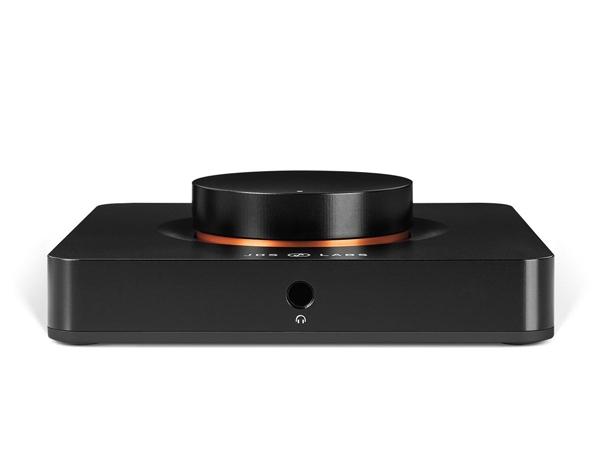My current equipment:
- DAC: Cambridge Audio CXNv2
- Amp: Arcam DiVA A85
- Headphone: Grado SR325x
- My A85 amp is from 2001, I've read somewhere that 'old' amps were actually doing fine with when driving headphones
- I've read that impedance is key. The A85 manual mentions it accepts 8Ω - 2000Ω. The Grado 'Nominal Impedance' is 38Ω (not sure what nominal means in this context).
- Sound is already a great step up from my previous Grado SR80
- However, I'm considering adding a reasonably priced headphone amp like the Topping DX3

